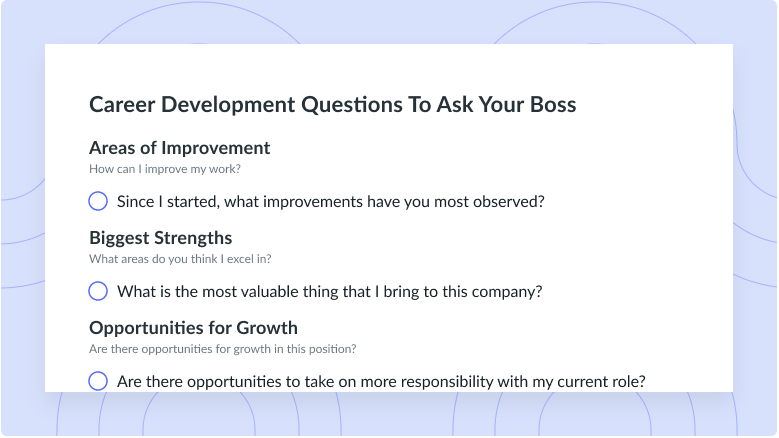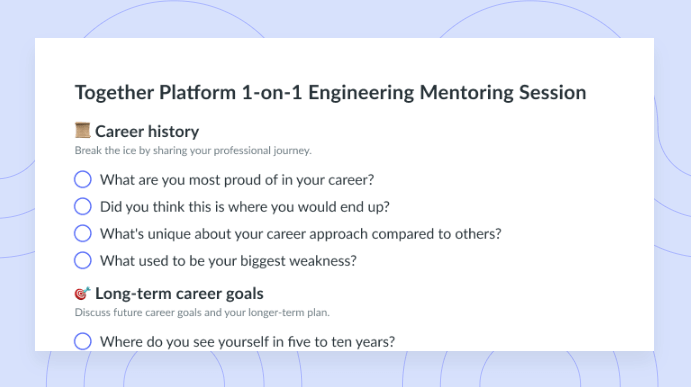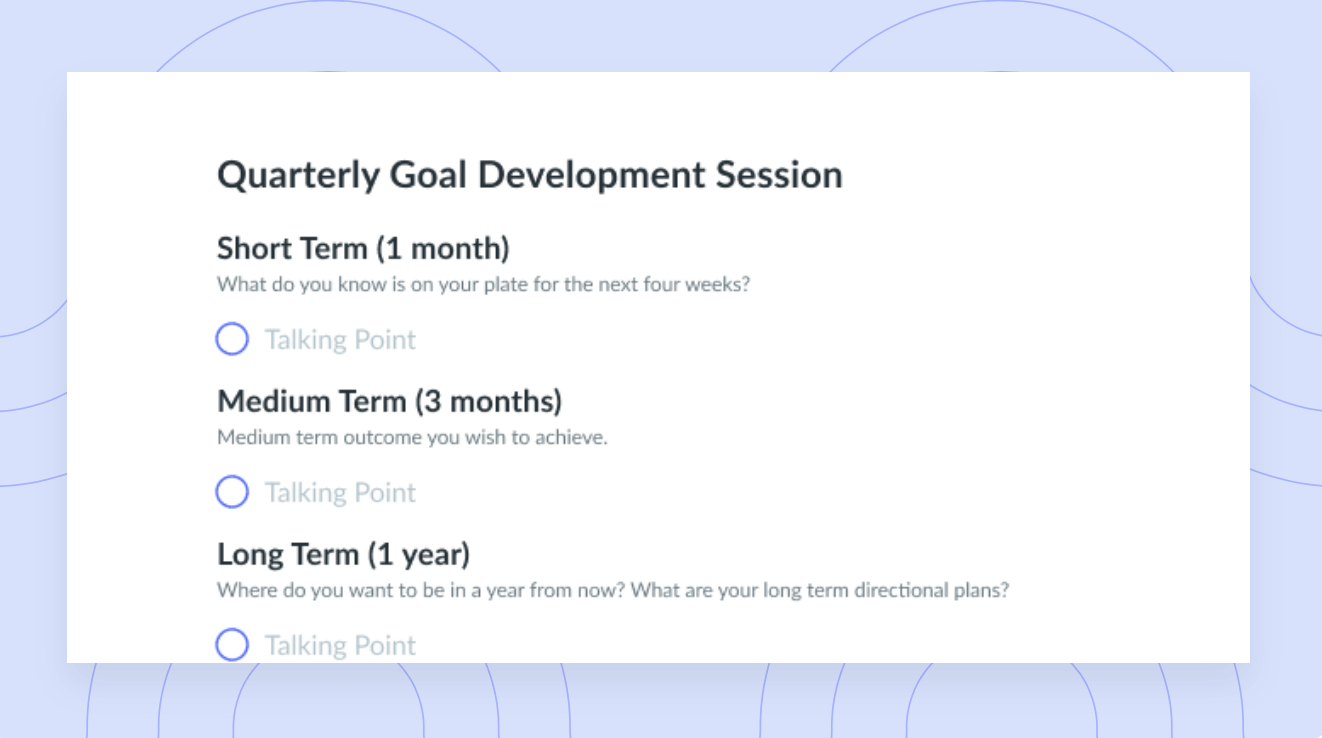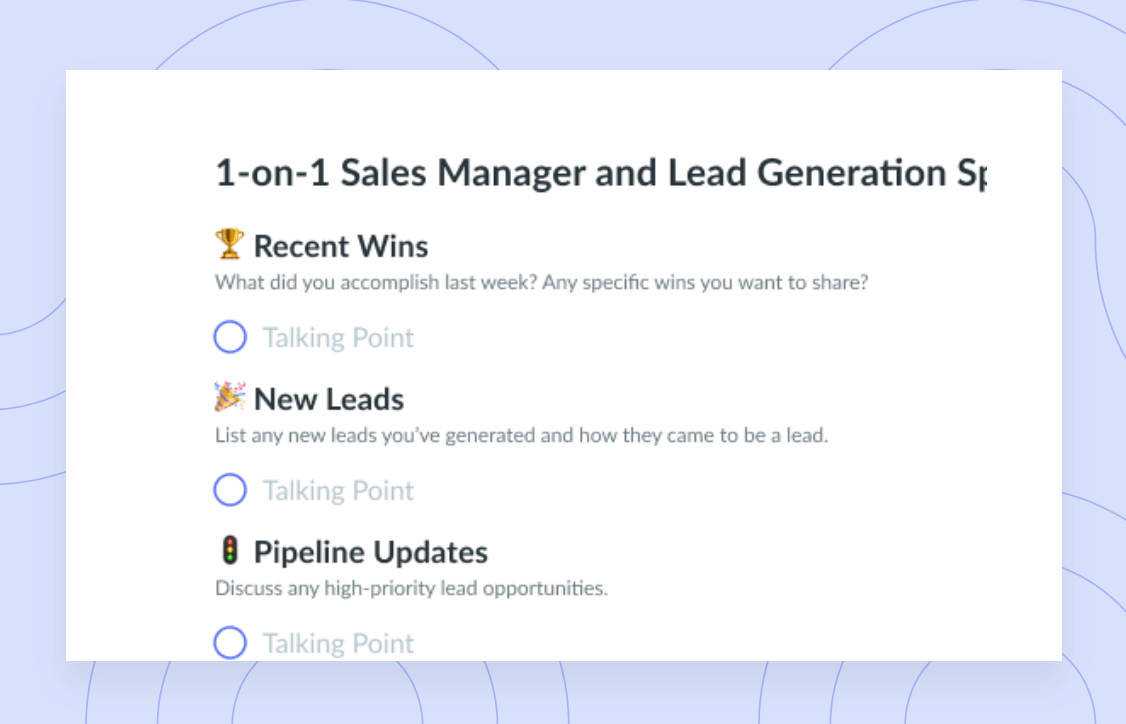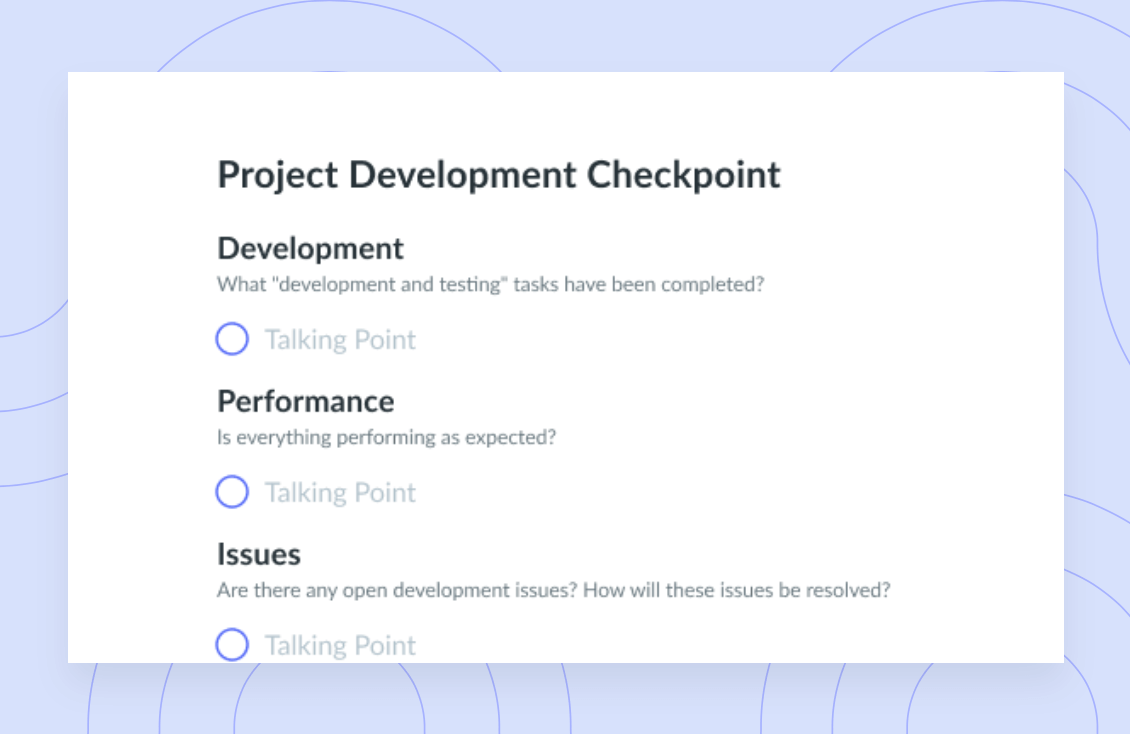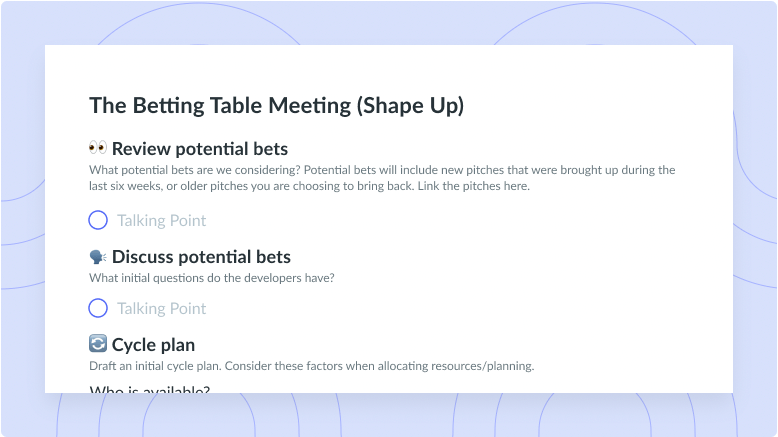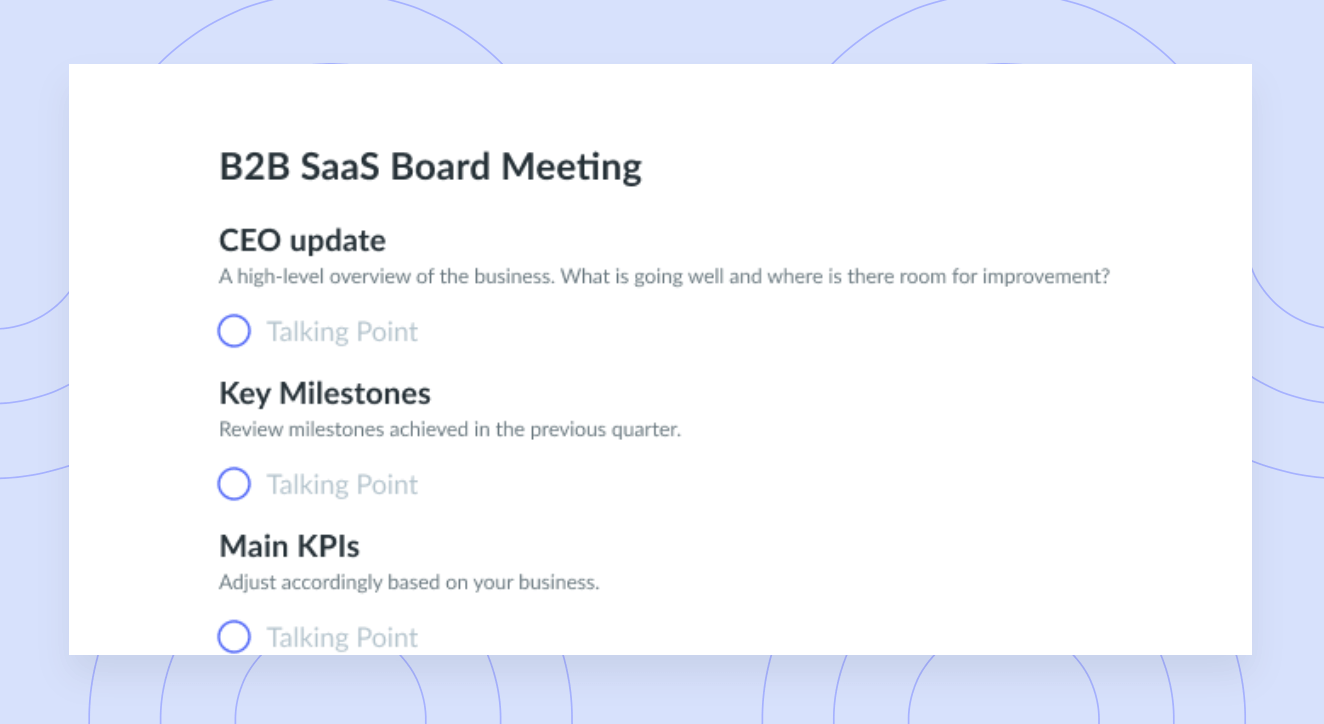HiPo Development Strategies for High-Potential Talent
Strategize your HiPo development program to skyrocket your retention rates and build the next generation of leaders!
The cost to hire a new employee is much higher than the cost of retaining a current one. Bringing in new talent requires additional fees for in-house hiring processes, agencies, advertising, training programs, and new technologies. Looking for a more affordable option? Develop the high-potential talent that you already have! Not only does this cut down on your hiring costs, but it also helps you gain more creative and innovative ideas from people who already understand how your business operates.
- What is HiPo development?
- Benefits of identifying HiPo employees
- What to look for when identifying HiPo employees
- 5 strategies to develop your HiPo employees
What is HiPo development?
HiPo stands for “high-potential” employees. These are top performers who have consistently met or exceeded targets, always seek out new challenges, and have gained a wealth of experience from their time within their roles. They may not yet have everything it takes to go the next level or two above their current role, but they certainly have the foundational skills needed—and the motivational drive! Identifying and encouraging HiPo employees to grow within the company requires thoughtful and well-defined development plans that may be unique to each employee or department.

Run efficient meetings, come to a decision, and get back to work
Level up your meeting habits to boost engagement and productivity with a collaborative meeting agenda. Try a tool like Fellow!

Benefits of identifying HiPo employees
- Provide mentorship opportunities
- Encourage career growth
- Prepare future leaders
- Improve employee performance
Provide mentorship opportunities
Identifying at least 1-2 HiPo employees on each team can be a great way to build mentorship opportunities. HiPo team members can support new hires, whether by acting as an onboarding buddy or in a similar capacity. A trait of high-performing employees is that they’re able to retain information quickly and they’re great communicators, which makes them well suited for mentor roles. Acting as a mentor can also give them managerial or leadership skills that can help them prepare for higher-level roles.
Encourage career growth
The goal of any people development leader should be to have employees stay with the company for as long as possible. However, this is becoming harder to do as younger generations job hop more frequently. To encourage employees to stay within the company, it’s helpful to provide a roadmap of career growth possibilities. This provides HiPo employees with a target to aim for—any high-achieving employees love to hit their targets!
Prepare future leaders
Providing leadership development opportunities is another great way to encourage employees to stay and grow within the company. Not everyone is made out to be a manager, but providing opportunities to demonstrate leadership skills and practice managerial responsibilities will allow HiPo employees to see if they’d like a future role overseeing a team. If they decide they’d like to pursue a leadership role down the line, then it becomes easier to align future projects and objectives and key results (OKRs) with the career goal. When everyone is aligned, goals are more likely to be achieved!
Improve employee performance
High-performing employees are motivated by continuous new challenges. Identifying your HiPo employees allows you to set new goals that encourage them to step outside of their comfort zones, learn or practice new skills, and brainstorm more out-of-the-box ideas. As a result, you’ll have more team members who are producing higher-quality and more innovative ideas! When employees feel more confident in their roles, they’re also more likely to take initiative within their projects or jump into leadership roles on their own.
What to look for when identifying HiPo employees
- Employees who take on leadership roles
- Employees who manage stress well
- Employees who are self-aware
- Employees who take constructive feedback
- Employees with emotional intelligence
Employees who take on leadership roles
In team meetings, who regularly speaks up to suggest new ideas or take on work for new projects? These people are not afraid of jumping into the unknown, which is what leadership is all about! Also, reflect on who the team would naturally depend on in times of crisis when the assigned team lead isn’t around. That go-to person is likely a natural problem solver, a great communicator, and willing to do what it takes to help the team succeed.
Employees who manage stress well
Times of crises are going to happen frequently in any organization, and at various levels of severity. Who is great at identifying a problem, prioritizing it, and coming to an appropriate solution? A HiPo employee should be able to effectively communicate their needs calmly and to the right stakeholders in times of crisis.
Employees who are self-aware
Self-awareness is an important skill for any leader as it helps avoid misstepping boundaries, encourages effective delegation of tasks, and also makes the employee more likely to have a growth mindset. Look for employees who understand their weaknesses and are actively working on improving them.
Employees who take constructive feedback
Constructive feedback is important for continuously optimizing performance. The employees who seek out, accept, and follow up on constructive feedback that they’ve received have almost unlimited growth potential! This means they’re not likely to get defensive or argumentative over areas of improvement, but rather they’re excited to continue learning and growing as a professional.
Employees with emotional intelligence
One important leadership skill that’s often overlooked when judging if an employee has the potential for a higher-level position is emotional intelligence. Keep an eye out for employees who are always conscious of how other team members are feeling, asking for updates on team well-being, and seeking ways to help out stressed colleagues. These are group-oriented future leaders!
5 strategies to develop your HiPo Employees
- Offer training
- Create a plan
- Provide mentoring opportunities
- Conduct skill assessments
- Set objectives
1Offer training
Even though HiPo employees have a lot of self-awareness and personal drive that help them succeed in their current roles, they’ll have a difficult time leveling up to higher roles if they’re not trained properly. Getting the right training also allows them to learn new management frameworks, processes for handling problems, or onboarding for new technologies that they’d need in their new role. Providing training instead of making them learn everything on the job will accelerate their overall growth! Opportunities for training can be offered in-house or through an external education partner—whichever works best for your company.
2Create a plan
Work with your HiPo employees to create a career development plan (CDP). This CDP will need to clearly outline timelines and activities for how and when the employee will take over more responsibility as a way of building new skills and proving their competency. For many managers, it can be difficult to let HiPo employees take charge on their own, but effective delegation is needed for employees to practice their skills in more complex and challenging situations. This will help build a strong, confident, and fast-acting future leader!
3Provide mentoring opportunities
Mentoring opportunities are a helpful way to give HiPo employees more insight into what lies ahead for their careers. Some ways to conduct mentorship could be through weekly check-ins with a higher level or by allowing a HiPo employee to shadow their mentor for a bit! The more hands-on practice they receive before jumping into the higher-level role will help them understand areas of improvement that need to be developed before committing to the promotion. As a best practice, mentoring relationships should touch base on a regular basis (typically once every week or two). If you’re new to guiding this type of meeting between a mentor and a HiPo employee, try following this meeting agenda template!
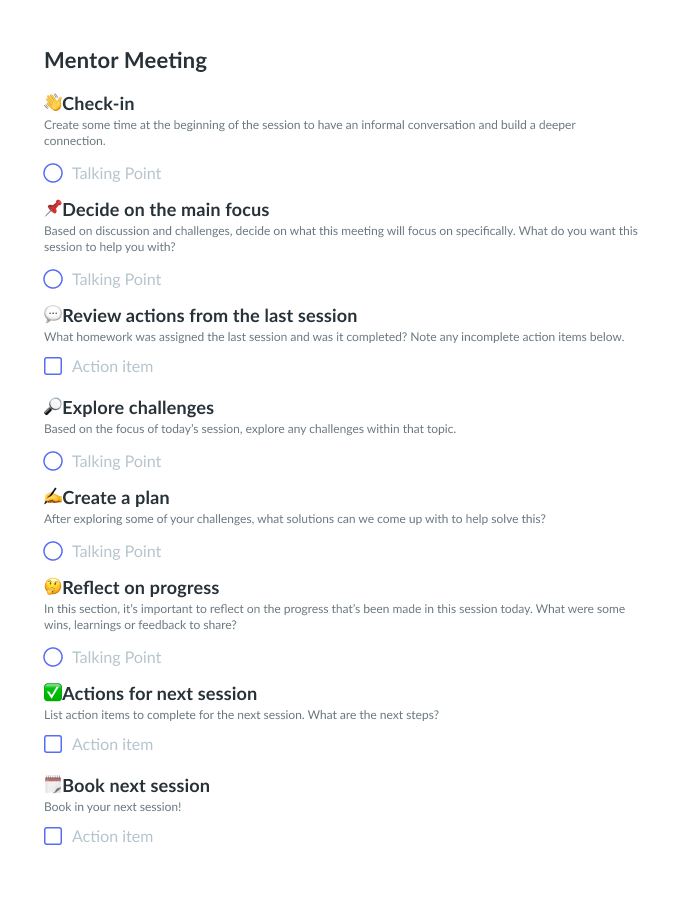
4Conduct skill assessments
Before committing to any action plan, conduct a skill assessment. Identify a list of requirements that the HiPo employee will need to meet before they’re qualified for a higher-level position. Then, encourage them to step into some of the necessary responsibilities on a temporary basis (such as leading part of a project). Monitor their performance and measure if their skills are on par with the requirements. Make a list of any areas of improvement to share with the employee in your next one-on-one meeting with them. Ideally, they’ll be open to accepting this constructive feedback to further develop their skills!
5Set objectives
Without objectives, it’s hard to know where to aim. In any action plan—whether it’s for career development, assessing skills, or tracking the mentorship relationship—setting common objectives helps high-potential employee know what is expected of them. Having these goals allows them to direct all actions toward those written objectives. Tracking objectives regularly is important for determining if progress is being made. With Fellow, you can stay on top of your team’s goals by clearly recording, defining, and tracking the progress of your OKRs in Fellow’s Objectives tool. The best part? You can quickly review those objectives during your team meetings!
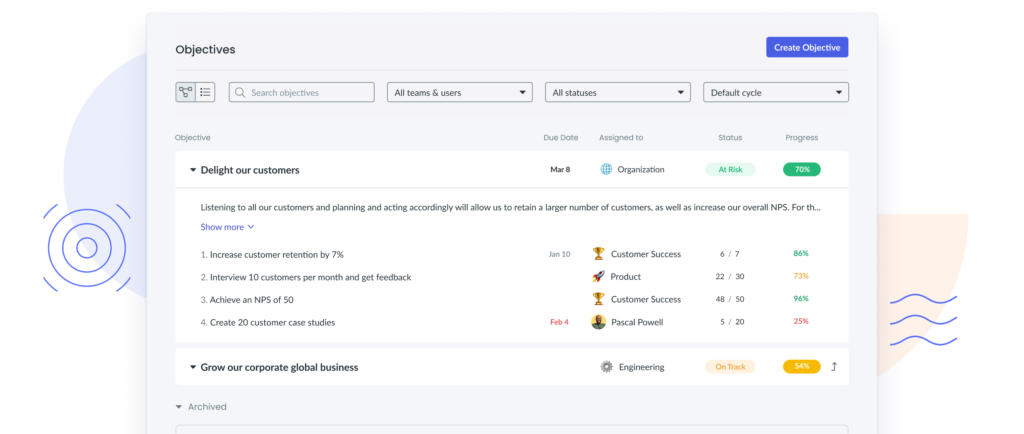
Parting advice
It’s highly likely that you have a few HiPo employees on your team—whether it’s immediately apparent or not—and knowing what to look for can help you identify who your high-potential team members are so you can properly train, mentor, and nurture them to level up within the company. As they grow with your organization, HiPo employees will continue to leverage their existing company knowledge to provide more creative ideas, foster healthy company culture, and encourage career growth across the wider team. And tracking it all doesn’t need to be complicated; with Fellow, you can set up common goal areas and plans for any HiPo employee to easily view their expectations and check in on their progress!






![Mentoring Software Engineers: 5 Best Practices [+ Free Template]](https://fellow.app/wp-content/uploads/2022/09/Mentoring-Software-Engineers.jpg)


